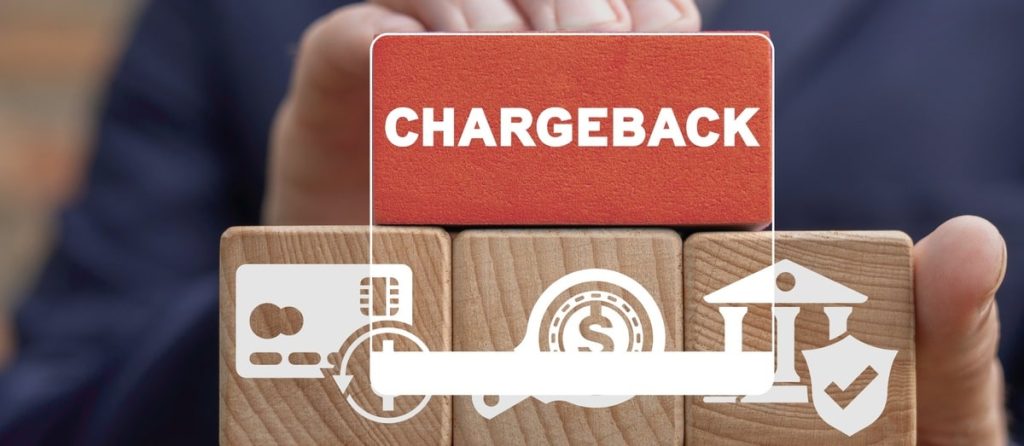Subscription-based businesses face challenges in managing recurring payments, one of the biggest being chargebacks. A subscription chargeback occurs when a customer disputes a recurring transaction. This results in financial losses and can damage business relationships. In this article, we outline the key reasons for subscription chargebacks and provide clear, actionable steps to prevent them.
What Are Subscription Chargebacks?
A subscription chargeback happens when a customer contacts their bank to dispute a recurring charge, bypassing direct communication with the business. Unlike a refund, which is processed directly by the merchant, chargebacks are more time-consuming and costly. They often lead to lost revenue and added fees for businesses.
Major Causes of Subscription Chargebacks
Understanding the causes behind chargebacks helps businesses implement better prevention strategies.
1. Friendly Fraud
Friendly fraud occurs when customers dispute legitimate transactions. This is often due to forgetting about subscriptions or not recognizing charges. According to VISA, 86% of chargebacks can be traced to friendly fraud, particularly in subscription services with annual or quarterly billing.
2. Unclear Billing Descriptors
Customers may not recognize the charge if the business name differs from what they expect. Billing mismatches are responsible for 15% of chargebacks, according to Braintree.com.
3. Complicated Cancellation Procedures
When it’s difficult for customers to cancel subscriptions, they may opt for chargebacks. Studies from Mastercard show that complex cancellation processes can increase chargeback risk by 22%.
4. Fraudulent Transactions
Fraudulent charges make up 24% of subscription-based chargebacks, according to Checkout.com. This happens when stolen payment information is used to subscribe to services.

Effective Chargeback Prevention Strategies
To avoid chargebacks, businesses must take a proactive approach with clear steps and efficient tools.
1. Use Clear Billing Descriptors
Ensure billing descriptors match your business name or the service the customer recognizes. A mismatch can confuse customers, leading to unnecessary disputes. Stripe.com advises including a recognizable company name and customer service number in your descriptor.
2. Send Timely Notifications Before Charges
Notify customers before each billing cycle, especially for annual or quarterly subscriptions. Sending reminders can reduce chargebacks by 12%, according to data from Stripe.com.
Table 1: Impact of Notification on Chargeback Rates
| Billing Cycle | Chargeback Rate Without Notification | Chargeback Rate With Notification |
|---|---|---|
| Monthly | 5% | 2.5% |
| Quarterly | 10% | 5% |
| Annually | 14% | 7% |
3. Simplify the Cancellation Process
Make sure customers can easily cancel their subscriptions. This reduces the need for chargebacks and improves overall satisfaction. According to Mastercard, 22% of chargebacks are linked to difficult cancellation processes. Provide a straightforward, self-service cancellation option and ensure customer support is readily available.
4. Implement Secure Payment Methods
Fraudulent transactions are a significant cause of chargebacks, particularly in subscription models. Use secure payment methods such as 3D Secure, CVV verification, and Address Verification Service (AVS) to validate transactions. Fraud prevention tools can reduce fraud-related chargebacks by up to 40%, as reported by Checkout.com.
5. Offer Multiple Support Channels
Customers are less likely to file chargebacks if they can easily contact you. According to Mastercard, 67% of consumers who file chargebacks never contact the merchant first. Ensure you have multiple communication channels, such as live chat, email, and phone support.
Role of Technology in Chargeback Prevention
Technology plays an essential role in minimizing chargebacks. Automation, fraud detection, and clear customer communication tools can help businesses stay ahead of potential disputes.
1. Leverage Fraud Detection Tools
Fraud detection tools use machine learning to analyze transaction patterns, helping to identify and block fraudulent transactions before they lead to chargebacks. According to VISA, businesses using fraud detection tools reduce chargeback rates by 40%.
2. Automate Notifications
Automating customer notifications helps ensure consistent communication before each billing cycle, significantly reducing the likelihood of chargebacks. Automated reminders sent through email or SMS keep customers informed about upcoming charges.
Table 2: Impact of Automated Notifications on Chargeback Rates
| Billing Cycle | Chargeback Rate Without Automation | Chargeback Rate With Automation |
|---|---|---|
| Monthly | 4.5% | 2.1% |
| Quarterly | 6.8% | 3.4% |
| Annual | 12.5% | 6.1% |
3. Keep Detailed Records
Maintaining detailed records of all transactions, customer interactions, and billing cycles can help defend your business in chargeback disputes. VISA recommends keeping at least 18 months of transaction history. This documentation is crucial when resolving chargebacks and improves the odds of winning disputes by up to 50%.

Best Practices for Managing Chargebacks
When chargebacks occur, quick and efficient management can minimize their impact on your business.
1. Respond Quickly to Disputes
Businesses that respond to chargebacks within 10 days increase their chances of winning disputes. Implement a system to manage chargebacks and respond promptly.
2. Offer Refunds When Appropriate
Encourage customers to contact you directly for refunds rather than going through their bank. This can reduce chargebacks by 30%, as reported by Mastercard. Clearly outline your refund policy and make it easy for customers to find.
3. Collaborate with Chargeback Prevention Partners
Working with industry-leading partners like Merchanto.org helps businesses minimize chargeback risks. As a trusted partner of VISA and Mastercard, Merchanto.org provides tools for fraud detection and chargeback prevention, helping businesses reduce chargebacks by up to 35%. Learn more at Merchanto.org.
Conclusion
Chargebacks are a costly problem for subscription businesses, but with the right steps, they can be significantly reduced. By focusing on clear billing, secure payment methods, and proactive customer communication, businesses can protect their revenue and build stronger customer relationships. Partnering with services ensures your business is well-equipped to handle chargeback disputes efficiently, saving time and money in the long run.
Table 3: Chargeback Prevention Tools and Impact
| Prevention Tool | Chargeback Reduction (%) |
|---|---|
| Fraud Detection Algorithms | 40% |
| Clear Billing Descriptors | 15% |
| Easy Cancellation Policies | 22% |
| Automated Customer Notifications | 12% |
| Multi-Layered Authentication (3D Secure) | 20% |
By implementing these strategies, your business can reduce the risk of chargebacks and improve customer satisfaction, leading to sustained revenue growth and operational efficiency.
This article provides businesses with practical steps to avoid subscription chargebacks, offering clear facts, data, and actionable tips. The focus is on making processes simple for customers and employing technology to prevent disputes. With this approach, subscription businesses can protect their bottom line while maintaining good customer relationships.



